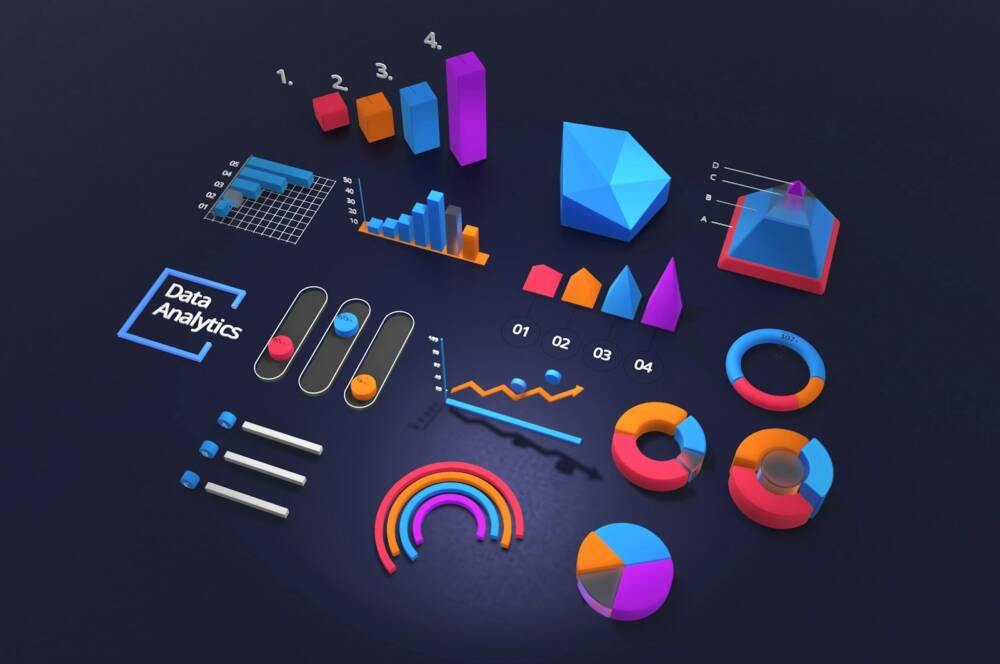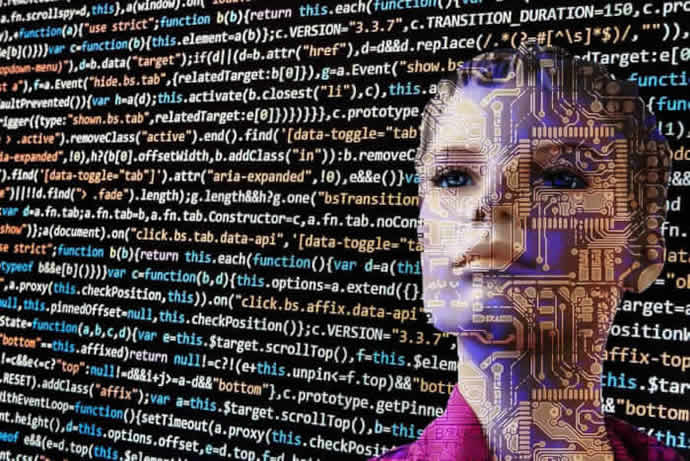The evolution of artificial intelligence (AI) shows no indications of slowing down. With new advancements hitting the market on a regular basis, businesses today have a good number of possibilities for getting help with a variety of laborious and administrative duties.
Marketing has reached a critical juncture. Businesses and brands will spend more on digital advertising this year than they will on traditional forms. So, while programmatic advertising on digital media sites has long been touted as the way of the future, wise firms are turning to social media. And, when combined with artificial intelligence (AI), it looks to be on the verge of revolutionizing how businesses interact with their target audiences.
With more and more websites adding social components, the line between social and digital media is becoming increasingly blurred. Companies are increasingly incorporating social logins, such as Facebook.
As a result, massive amounts of customer data are being gathered. Not only their site activity, but specific information about who they are, where they are from, and what they like (from movies and music to holiday destinations and more).
However, the amount of data gathered was so huge that it was impossible to use it to drive correct advertising performance until recently. Those who have taken advantage of the rising number of tools available to tap into this social data have discovered that it not only helps to construct a customer’s profile, but it can also aid in better identifying buy intent — gold dust for marketers.
Perhaps more importantly, this increased value across many critical parts of the business – recruiting, brand image, brand awareness, conversion, and offline events – during a time when the company’s other media channels were underperforming.
The automated computer programme, sometimes known as the bot, is another AI-driven marketing technique that is fast gaining in favor. A chatbot employs artificial intelligence (AI) to ‘speak’ with clients, and one method bots are already being utilized is to forecast the success and popularity of social media postings.
Change is a constant for many firms – branding updates, acquisitions, mascot modifications, product launches, and so on all result in tiny, but frequent design changes. This may be a significant headache for marketing and creative teams, who are in charge of updating various types of information, including internet pages, PDFs, and print materials. Not only is this time-consuming, but it also exposes the company to human mistake, which may lead to market misunderstanding and brand erosion.
AI models will be able to learn to make these types of adjustments instantly as AI learns to understand design files like InDesign and Photoshop. AI will be able to identify a new version of an asset — for example, a logo — and replace the prior version across all design files, similar to the find-and-replace capability offered in Word documents. These updates might then be automatically updated as a new version in the organization’s digital asset management system.
Pinterest currently use object recognition to determine which goods appear in pins that are liked, pinned, and re-pinned by users. This technology is then used to enhance pins and propose related pins and advertising to specific users.
Businesses and companies must shift their marketing and advertising tactics to include AI-powered social initiatives. This will allow businesses to take advantage of the increasing volumes of important social consumer data that can be mined to create more precisely targeted and ultimately better performing campaigns. By embracing the first level of AI today, companies will be better prepared to take advantage of the next step and push their marketing to new heights.
While artificial intelligence has a long way to go, there are several methods to include AI into your digital marketing plan right now.
MKTPlace is a leading digital and social media platform for traders and investors. MKTPlace offers premiere resources for trading and investing education, digital resources for personal finance, news about IoT, AI, Blockchain, Business, market analysis and education resources and guides.














